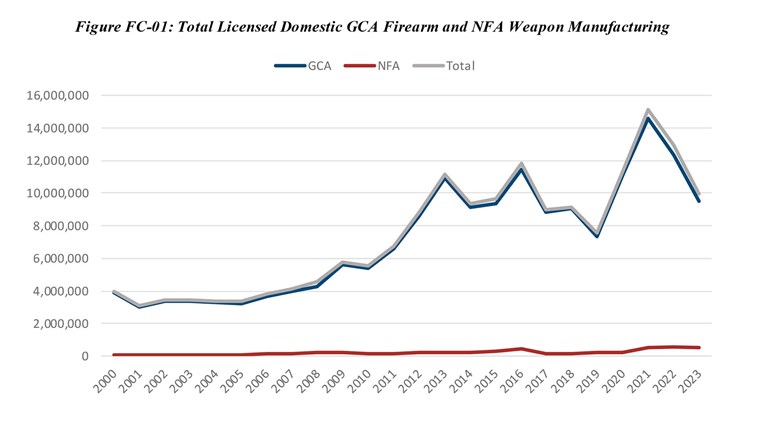

For this Gladiator, the word is “battle.” Amidst an industry saturated with clones of John Browning’s time-tested masterpiece, there are elements that distinguish Maximus Arms and its pistol from competitors. The company, formed in 2010, has staff comprised of gunsmiths (who were also certified as law enforcement armorers), CNC machinists and metallurgists with military and law enforcement backgrounds. Together, the team draws from their real-life experience working with and expansive knowledge of 1911-platform pistols.

To set its pistol apart, the folks at Maximus Arms spent more than two years refining the classic design with a goal of producing the finest 1911 on the market, which led to in excess of 80 dimensional changes. Such is the company’s drive, it even has its own foundry, which stemmed from a search for a stronger and more heat-resistant steel. Enter 17-4PH: a precipitation-hardened stainless steel that, according to the company’s website, is used in aerospace, medical, industrial and military applications, all of which require high-corrosion resistance in extreme-temperature environments. It’s also the same steel used in the Vulcan 20 mm Gatling gun, Patriot missile and Abrams tank. So, in addition to being in high-caliber company, the Gladiator shares a lineage bred for battle, and has the distinction of being the only 1911 made with 17-4PH steel.

The Maximus Arms Gladiator takes the best elements of a Series-70 variant and blends them with contemporary refinements designed to improve the pistol’s reliability (like an ejector and plunger tube integral to the frame), accuracy and function. Among such refinements are CNC machining combined with hand fitting to control the degree of separation of parts for strict tolerances within .003 inches (the width of a human hair). The sample I received sported a brushed-stainless steel frame and slide. The ejection port is lowered and scalloped at the rear to improve reliability. A Gladiator helmet—the Maximus logo—can be found on each side of the slide flanking the rear serrations. Opposite, another abbreviated cluster is found about .75 inch from the muzzle. Its 5-inch, Storm Lake match barrel displayed excellent support: pushing up on the edge of the barrel with the pistol in partial battery produced no perceivable vertical play. (There was none between the slide and frame either.) Such a fit suggested the unramped barrel should produce decent accuracy. The feed ramp and the barrel’s throat appeared to be nicely polished, another sign of steadfast function.

Other internal features include a Sprinco recoil-reduction system. Much better than a conventional guide rod, the assembly serves as a shock absorber by reducing common damage from slide-to-frame impact or battering that occurs during shooting, thereby prolonging the Gladiator’s service life while simultaneously lessening muzzle flip. Several of the Gladiator’s components focus on creating an optimum firing grip, including stippled composite stocks, a flat mainspring housing with scale-like texturing and a custom high-ride beaver tail grip safety, which, according to the company’s website, “allows the shooter’s hand to fit higher under the slide than any other gun on the market.” Also, the lower portion of its face is built up to promote positive sear disengagement. The result promotes ease of handling, enhanced recoil management and comfort. Such a combination is essential in producing a handgun capable of fast deployment and sufficient accuracy.

A single-sided thumb safety with a slim paddle provides positive purchase and a ledge for the shooter’s thumb. A welcome feature for some, keeping your thumb atop the paddle keeps the safety down while countering muzzle flip. A Commander-style hammer provided a stark contrast to the pistol’s superbly fit skeletonized trigger. Regardless, the Gladiator’s trigger pull was crisp and better than anticipated given the added bulk of the classic hammer.
The Gladiator proved more than capable of battling targets at 25 yards and performed flawlessly with a wide range of bullet weights. It is equally suited for competition or combat. At slightly more than 4 ounces heavier than a full-size Colt, the extra mass helps to further offset recoil. So, whatver the task, the Gladiator will serve with accuracy and distinction.








































